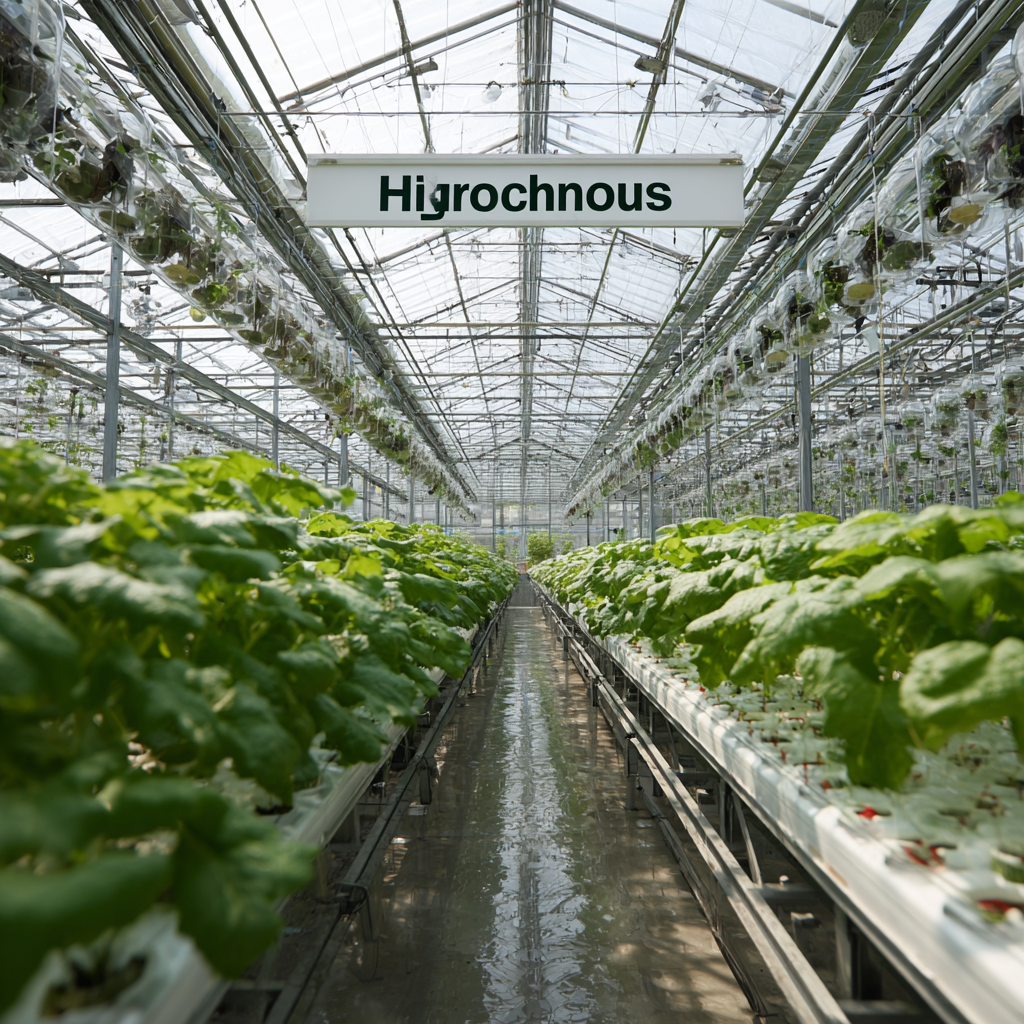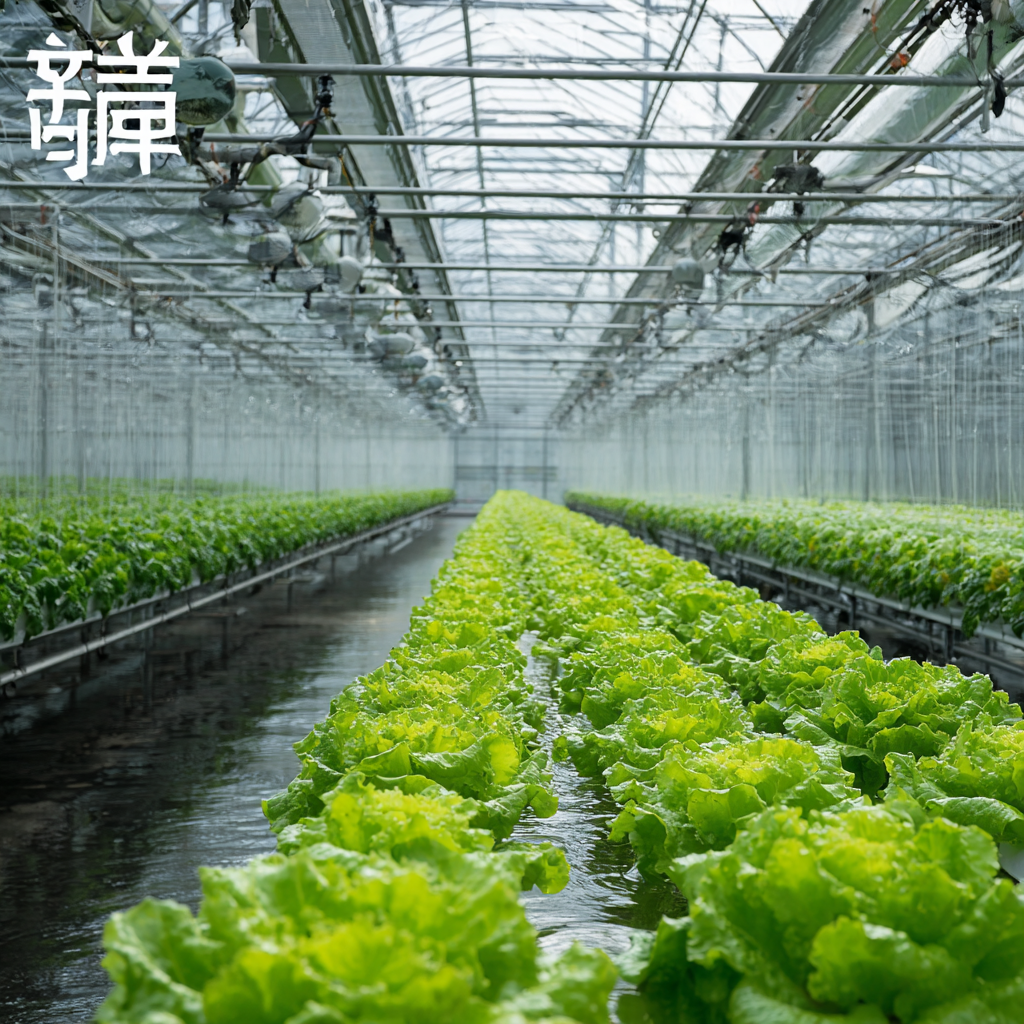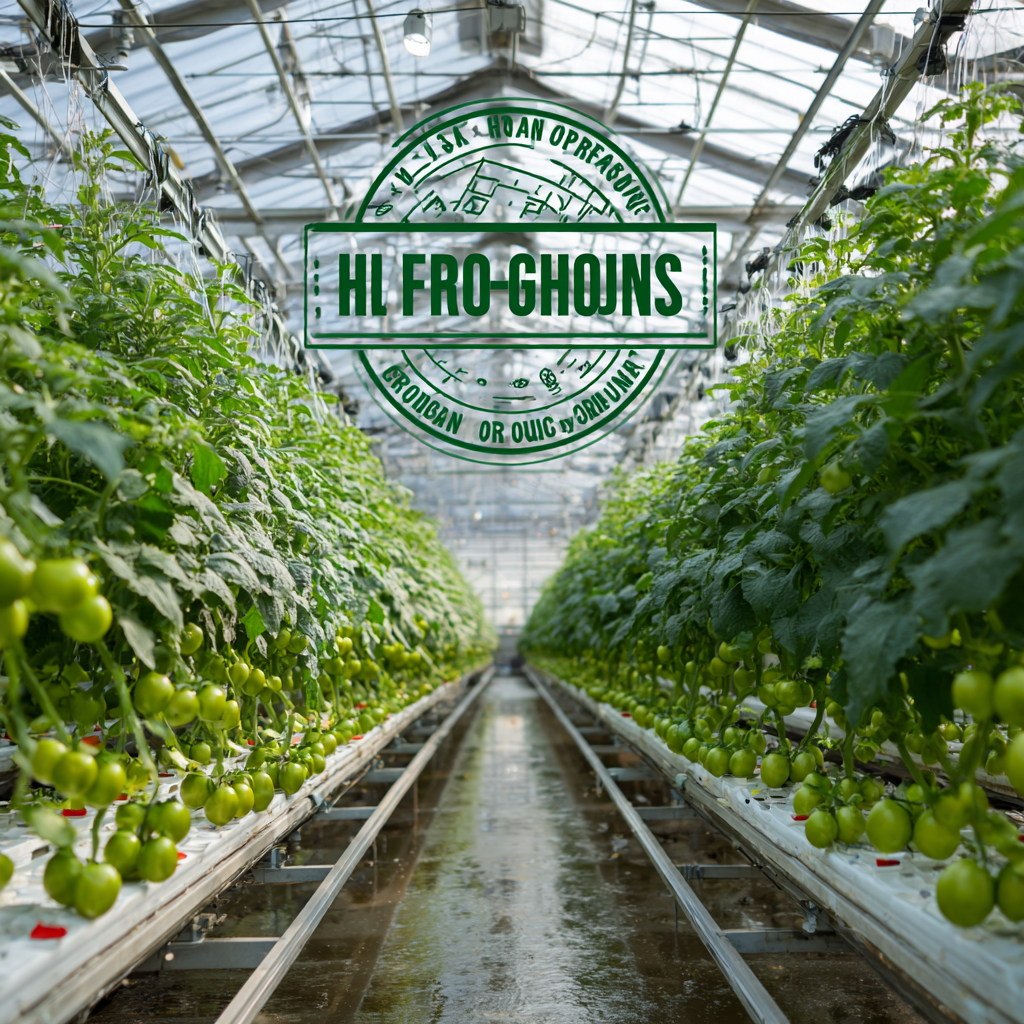
China Leads the Way in Hydroponics Greenhouse Innovation for Global Quality Standards
As the global agricultural landscape shifts towards sustainable practices, China has emerged as a frontrunner in Hydroponics Greenhouse innovation, setting new benchmarks for quality standards. According to a report by the International Society for Horticultural Science, the hydroponics market is projected to reach $16 billion by 2025, driven by the rising demand for fresh produce in urban areas. The adoption of hydroponics not only boosts yield efficiency—by as much as 30% compared to traditional farming—but also minimizes land usage and water waste, which is crucial in an era of resource scarcity. China's ongoing investment in technology, such as automation and precision agriculture, aligns with global efforts to enhance food security, making their Hydroponics Greenhouse solutions increasingly relevant. This blog will explore notable industry applications, showcase exemplary case studies, and delve into the reasons why these advancements are pivotal for the future of agriculture worldwide.

Advancements in Hydroponic Greenhouse Technology in China
China has emerged as a global leader in hydroponic greenhouse technology, innovating practices that set new quality standards worldwide. The advanced systems being developed focus on maximizing plant growth and resource efficiency, addressing both environmental concerns and the growing demand for sustainable food production. Utilizing artificial intelligence and automation, these greenhouses are improving yield while significantly reducing water usage and pesticide reliance.
- Start small: If you're new to hydroponics, consider beginning with a mini-system for herbs or leafy greens. This allows you to learn the basics without a large investment.
- Monitor and adjust: Regularly check the nutrient levels and pH balance of your hydroponic solution. Small adjustments can lead to significant improvements in plant health and yield.
- Research local conditions: Each region may have unique environmental factors. Tailoring your greenhouse design and crop choices to local climate and market demands ensures better success.
With China's ongoing advancements in this field, the potential for global agricultural transformation is vast, demonstrating that effective resource management is not just beneficial, but essential in our fight for sustainable food solutions.
Impact of Chinese Innovations on Global Hydroponic Standards
 China has emerged as a powerhouse in hydroponic greenhouse innovation, setting new benchmarks for global quality standards in agriculture. The rise of advanced techniques and technologies in China's hydroponics sector not only transforms domestic production but also influences global practices. Chinese innovations such as automated nutrient delivery systems, advanced monitoring software, and vertically integrated farming models have created robust frameworks that enhance efficiency and output. This commitment to quality ensures that hydroponics can significantly contribute to food security, particularly in areas facing challenges like urbanization and limited arable land.
China has emerged as a powerhouse in hydroponic greenhouse innovation, setting new benchmarks for global quality standards in agriculture. The rise of advanced techniques and technologies in China's hydroponics sector not only transforms domestic production but also influences global practices. Chinese innovations such as automated nutrient delivery systems, advanced monitoring software, and vertically integrated farming models have created robust frameworks that enhance efficiency and output. This commitment to quality ensures that hydroponics can significantly contribute to food security, particularly in areas facing challenges like urbanization and limited arable land.
The impact of these innovations extends beyond national borders, as countries worldwide look to China for guidance in improving their hydroponic systems. By standardizing practices related to nutrient management, pest control, and energy efficiency, Chinese advancements are paving the way for global adoption of hydroponics. Collaborative efforts between Chinese companies and international partners are fostering knowledge exchange and driving the development of universally accepted quality standards, which are crucial for ensuring the sustainability and safety of hydroponically grown produce. As the world increasingly turns to innovative agricultural solutions, China's leadership in this domain serves as a valuable model for cultivating high-quality food in a resource-efficient manner.
Sustainability Practices in China’s Hydroponics Industry
China's hydroponics industry is at the forefront of sustainability practices, revolutionizing how food is grown while minimizing environmental impact. By utilizing advanced technologies and efficient resource management, Chinese hydroponic farms have significantly reduced water usage compared to traditional agriculture. Many operations employ closed-loop systems that recycle water and nutrients, ensuring that crops receive what they need while conserving vital resources. This model not only boosts productivity but also addresses water scarcity issues, making it a critical solution in a world increasingly challenged by climate change.
Moreover, China's commitment to innovation extends to the integration of renewable energy sources within hydroponics systems. Solar panels and wind energy are increasingly being utilized to power operations, reducing reliance on fossil fuels and lowering carbon footprints. Additionally, the use of organic fertilizers and integrated pest management techniques promotes the health of the ecosystem, fostering biodiversity and reducing chemical runoff. This holistic approach not only enhances the quality of produce but also sets new global quality standards, making China's hydroponics practices a benchmark for sustainable agriculture worldwide.

Economic Benefits of Hydroponic Greenhouse Farming in China
Hydroponic greenhouse farming is rapidly transforming China's agricultural landscape, offering significant economic benefits. According to a recent report by the Food and Agriculture Organization (FAO), hydroponics can increase crop yields by up to 30% compared to traditional soil-based farming methods. This increase is particularly beneficial in regions where arable land is limited, enabling farmers to produce high-quality crops year-round. In China, the hydroponics market is expected to grow at a compound annual growth rate (CAGR) of 25% from 2022 to 2027, driven by rising consumer demand for fresh produce and the need for sustainable farming practices.
Tip: For those interested in entering the hydroponic greenhouse business, focusing on high-demand crops such as leafy greens and herbs can yield quicker returns. Additionally, integrating smart farming technologies can enhance productivity and reduce labor costs, making the entire operation more efficient.
Investors are increasingly recognizing the potential of this innovative farming method. In 2022, investment in hydroponic technology eclipsed $2 billion in China alone, according to a report from Research and Markets. The economic impact of this investment is profound, creating jobs in rural areas, boosting local economies, and reducing the carbon footprint associated with transporting food. As countries around the world strive for food security and sustainability, China's leadership in hydroponic greenhouse innovation is setting a new quality standard for global agriculture.
Tip: Collaborating with agricultural tech startups can provide access to cutting-edge solutions that enhance efficiency and sustainability, ensuring that your hydroponic operation remains competitive in the growing market.
Case Studies: Successful Hydroponic Farms Leading the Way in China
China is emerging as a powerhouse in the hydroponics industry, showcasing successful case studies that set benchmarks for global quality standards. One notable example is the Beijing Huairou District's hydroponic farm, which boasts a 30% increase in crop yield compared to traditional farming methods. According to the China Agricultural University, hydroponic systems can use up to 90% less water than conventional farming, making them a sustainable choice in a country facing significant water scarcity issues.
Another prominent case is the Ever Better Greenhouse in Shenzhen, which employs advanced LED technology and climate control systems. This farm has reported a staggering 50% reduction in energy consumption while producing high-quality organic tomatoes. A 2022 report from the International Society for Horticultural Science highlights that China's hydroponics industry is projected to grow by 25% annually, driven by such innovations. These successful operations not only address local food security but also position China as a leader in developing sustainable agricultural practices worldwide.
